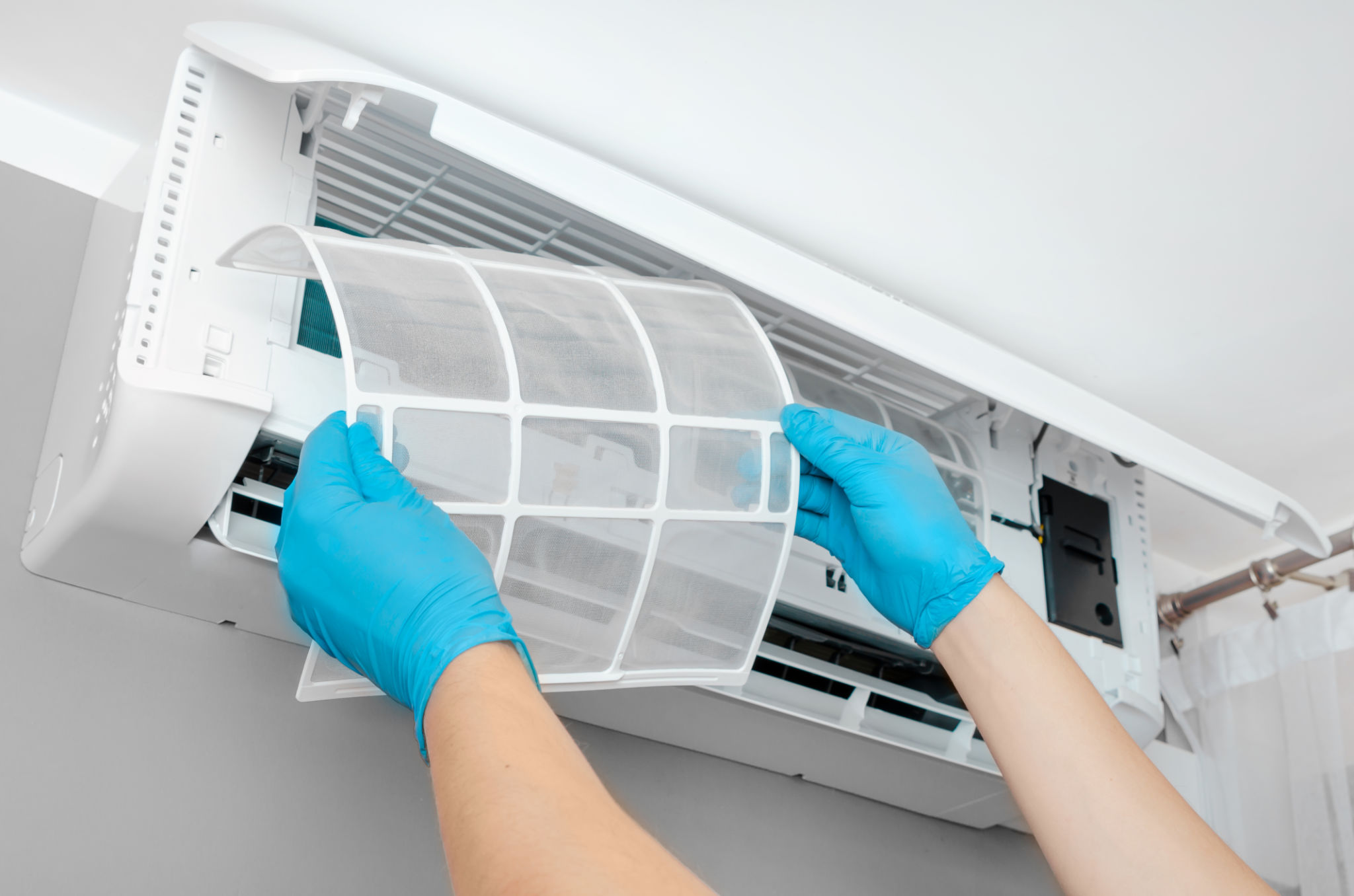Preparing Your Clean Room for Seasonal Changes: Best Practices
Understanding the Importance of Seasonal Preparation
As the seasons change, so do the requirements for maintaining a clean room environment. Whether you're transitioning from the warm, humid months of summer to the cold, dry winter or vice versa, each season brings its own set of challenges. Preparing your clean room for these changes is crucial to ensure that it continues to operate efficiently and safely. This process involves a series of best practices that address everything from temperature control to equipment maintenance.

Adjusting Temperature and Humidity Levels
One of the primary considerations during seasonal changes is maintaining optimal temperature and humidity levels. As outdoor conditions fluctuate, it is important to regularly monitor and adjust your clean room's HVAC systems. In winter, when the air tends to be drier, consider installing humidifiers to maintain appropriate humidity levels. Conversely, in summer, dehumidifiers might be necessary to prevent excess moisture, which could affect sensitive equipment and processes.
Reviewing Filtration Systems
Filtration systems are the backbone of any clean room, ensuring that air quality remains high. Seasonal changes often mean different types of airborne particles and contaminants. Regularly inspect and replace filters to guarantee they are functioning at peak efficiency. This not only helps maintain air purity but also supports compliance with industry standards.

Performing Equipment Maintenance
Seasonal shifts are an excellent time to perform comprehensive maintenance on all equipment within the clean room. Check for any signs of wear and tear that could have been exacerbated by temperature or humidity changes. Regular maintenance helps prevent unexpected breakdowns and extends the lifespan of your equipment.
Updating Cleaning Protocols
The change in seasons can affect how often and in what manner your clean room should be cleaned. During periods of increased pollen or dust, for example, more frequent cleaning may be necessary. Updating your cleaning protocols to reflect these environmental changes ensures that your clean room remains uncontaminated.

Training Staff for Seasonal Changes
Ensure that all personnel working in the clean room are trained and informed about seasonal changes and their impact on operations. Regular training sessions can help reinforce the importance of adhering to updated procedures and protocols. This not only boosts efficiency but also minimizes the risk of human error.
Conducting a Risk Assessment
Before each new season, conduct a risk assessment to identify potential vulnerabilities in your clean room environment. Consider factors such as power outages during storms or increased static electricity in colder months. By proactively addressing these risks, you can develop strategies to mitigate potential issues before they arise.
Documenting Changes and Improvements
Finally, keep thorough documentation of all changes made in preparation for each season. This includes adjustments to equipment settings, updated cleaning protocols, and any issues encountered and resolved. Documenting these changes not only aids in compliance but also serves as a valuable reference for future seasonal transitions.
